October 2023 Community Meeting
We know we must urgently work to reduce greenhouse gas emissions and prevent catastrophic consequences. But with many climate solutions on the horizon, how can we decide which should receive our immediate attention?
The Project Frame community came together on Thursday, Oct. 19 to dive into that question, expanding on previous conversations on how we can work together to see the transformative systems changes we need to ensure a livable climate.
Together, we explored examples of climate solution “tipping points” with Lloyd Pinnell of Systemiq and were introduced to Zero Carbon Capital’s climate investment practice through their Investor Profile, presented by Chloe Coates.
Exploring climate tipping points with Systemiq
“The purpose of this work is essentially to answer two main questions: where could we see exponential change in climate solutions and what conditions would be required to trigger that?” explained Lloyd Pinnell, introducing Systemiq’s report, The Breakthrough Effect.
The report, co-published with the University of Exeter, is an analysis of positive socio-economic tipping points that they believe could lead to rapid increases in the deployment of climate solutions and drastically cut global emissions.
Noted Pinnell: “Could we create a tipping cascade between sectors? Should we prioritize leaning into certain tipping points more than others to do so?”
Solar and wind for example, he offered, may have already hit their tipping points. “After a tipping point is reached, adoption can occur faster or slower, but because reinforcing feedback loops exist, it means that this growth is very hard to reverse.”
To strengthen these feedback loops, three conditions need to be met: affordability, attractiveness, and accessibility.
He also highlighted three areas that can impact more than 80 percent of GHG emissions: clean electrification, clean hydrogen, and food & land.
An example outlined in the food sector is public procurement for plant-based products. Public procurement would meet two conditions: increasing affordability by driving down costs and making the product more attractive by improving the taste, texture, and nutrition of alternative proteins. This would reduce pressure on lands and lower the incentive for deforestation.
However, Pinnell said, “It is very much up to us—up to us as governments, companies and investors—to trigger them, make them happen, make the enabling solutions occur.”
One can do so by focusing on where the biggest shifts are needed or focus on “early wins” for sectors that are already close to tipping points, like EVs, fertilizers, and alternative proteins.
Alternative proteins, he said, would enable emissions reductions more broadly by the previously mentioned reinforcing feedback loops.
“Highly emitting sectors of the economy do not exist in isolation. They're deeply interconnected, and zero emissions solutions can influence transitions in multiple sectors simultaneously.”
Impact assessment in practice with Zero Carbon Capital
Zero Carbon Capital’s aim, says Research and Analysis Lead Chloe Coates, is “to fund startups that are solving the biggest challenges of decarbonization” and that have an emissions reduction potential of at least 0.5GtCO2e per year by 2050. “We’re not yet on track to reach net zero in 2050. These are still problems that are largely unsolved and so we need to discover, optimize, and commercialize fundamentally new science to address these challenges.”
To understand an early-stage solution’s ability to reduce or avoid emissions, Zero Carbon looks at its potential impact and invests in both direct and facilitating technologies. Because these nascent solutions may take time to scale, “we don’t want to over specify or apply an arbitrary number to planned impact.”
The use of potential impact in their impact assessment methodology, she continued, is key. “We're using it to identify big problem areas to tackle, rather than using the planned impact to say that we will reach that threshold specifically.”
In addition to having a theory of change for their firm, Coates develops theories of change for each investment to understand how it works towards decarbonization.
Coates offered two case studies of solutions: electrochemical ammonia production and niobium anodes for use in lithium-ion batteries.
Working through their theory of change for electrochemical ammonia production, Coates noted that by producing ammonia without methane emissions and reducing the energy-intensity of the process, they see emissions-free ammonia becoming a market leader. This would lead to 0.5GtCO2e reductions when compared to the current best technology available, all while demand for ammonia continues to increase.
Zero Carbon Capital doesn’t yet track realized impact of their portfolio companies, largely because they are still in their early stages. But as they review their emissions reduction potential calculations, they are looking to do annual reviews of how their companies are progressing towards impact.
Want to get involved in establishing best practices for climate solutions investing? Sign up for the Project Frame newsletter.
